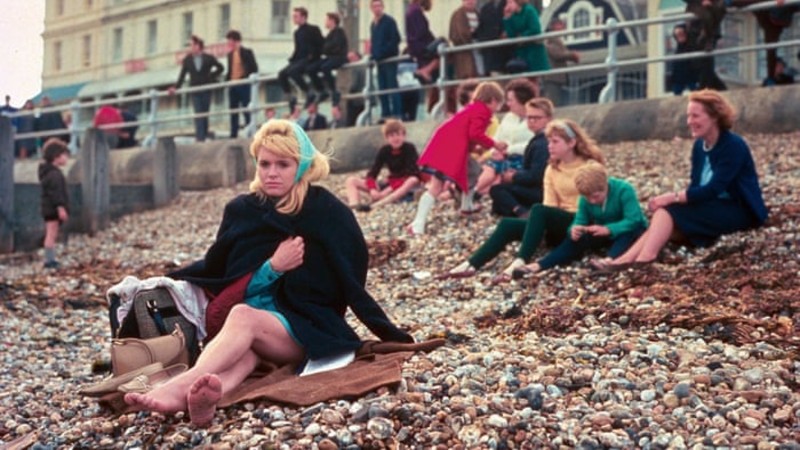Take a leisurely stroll through the dark corners, derelict clubs and genuinely underground scene of one of the most sexually-progressive cities in the world: Berlin. You will come across proud punks, freaks, gay, lesbians, plus everything in-between and beyond. Sexual identity knows no bounds in the German capital.
This star-studded fiction movie is directed by the young and debutant American director Yony Leyser, and it features short appearances by music artists Blixa Bargeld, Nina Hagen, Peaches (pictured above) and also the legendary Chantal, a transsexual night life icon of Berlin. If you are a fan of indie music, glittery clubs with graffitied walls and a farmland of exotic nightlife creatures, you are sure to be pleased by this movie. A character sums it up: this if a place where “the smell of poppers floats down the sidewalk”.
The movie is based on the director’s own life as an American living in the city, and it does often feel as a foreign gaze at the city. The film is so personal that at times it if difficult to say whether it’s a fiction or a documentary. It follows Ezra (played by the filmmaker himself) on an adventure through Berlin’s subcultural life, where is joined by his Nazi-paraphernalia obsessed best friend Catharine, and his Russian boyfriend Sasha, whose relationship with his own sexuality and gender is more complex than it appears at first.
Desire Will Set You Free attempts to include every thinkable sexuality and group in the movie, in a borderline didactic fashion. It is never ageist, misogynous or body fascist: people of all shapes, colours and ages are an integral part of the story. Mama Hagen explains it in a very light-hearted fashion: “don’t be a lemon be sweet like tutti-frutti”.
Yet the film lacks cohesion in its narrative, plus the acting is lukewarm. It’s cute to watch, but it can get monotonous after a while. And despite its age, racial and sexual inclusiveness, it is too focused on one scene: the hedonistic Berlin queer world. It’s a touching and genuine film for those inside or at least familiar with this self-contained hedonistic universe, but it lacks appeal for a broader audience.
Desire Will Set You Free is showing this week as part of the East End Film Festival in London – click here for more information about the event.
You can watch the film trailer below:
.









